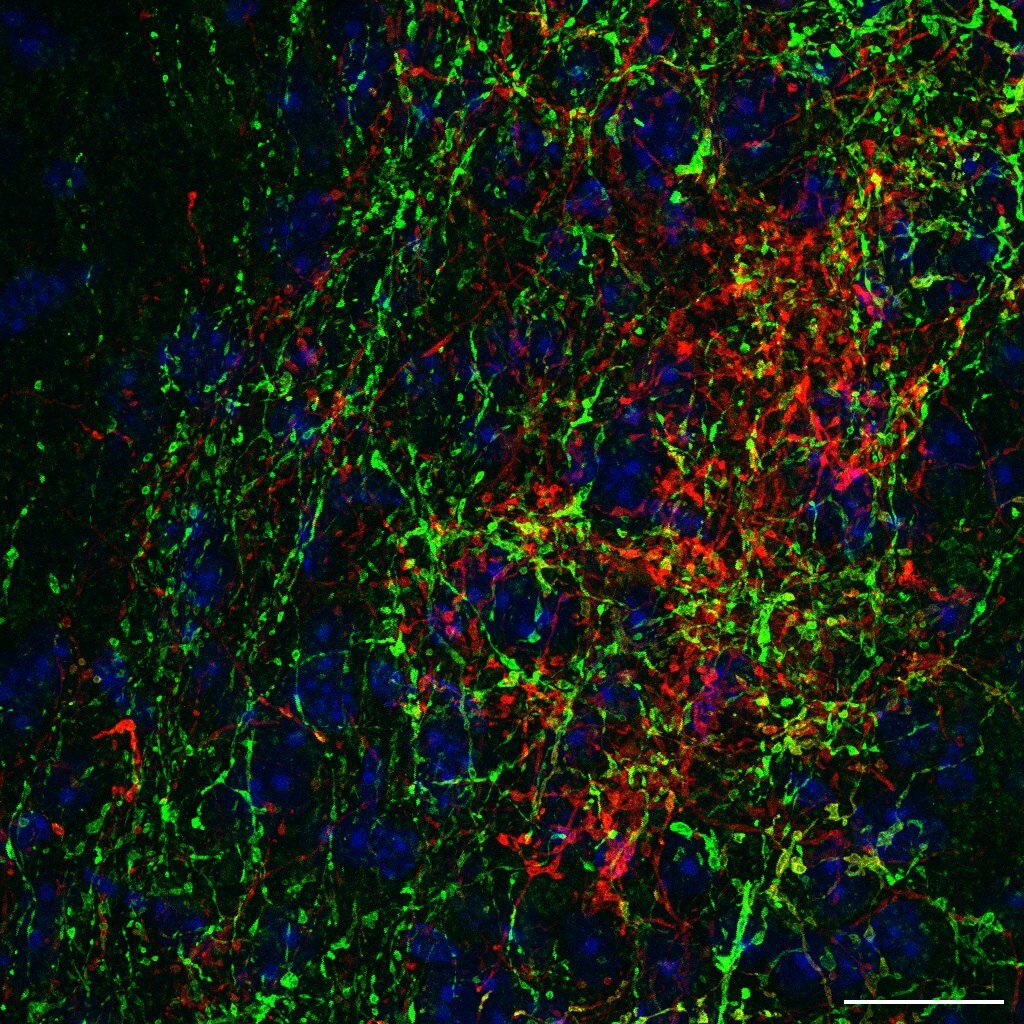Ludwig van Beethoven’s hearing loss presents a remarkable tale of human resilience and adaptability. Known as one of the greatest composers in the history of Western classical music, Beethoven began to lose his hearing at the age of 28, and by 44, he was completely deaf. This condition did not halt his composition; instead, he continued creating some of his most beloved and powerful works during the years of profound deafness. While the exact cause of his hearing loss remains uncertain—there has been much scientific debate and speculation regarding whether it was due to a combination of genetic predisposition, lead poisoning, or autoimmune disease—what is indisputable is the remarkable way in which Beethoven managed to create music despite the limitation. It’s believed that Beethoven was able to sense the vibrations of his music through his sense of touch, a unique adaptation that likely enabled him to continue his work even as he lost the ability to perceive sound in the conventional manner.
A groundbreaking study by Harvard Medical School researchers sheds light on how such an ability might be possible, offering new insight into why and how the diminishing of one sense may enhance the others. The study, which involved experiments on mice and was published in Cell in December 2023, provides a compelling clue that may explain not only Beethoven’s creative persistence but also why musicians, and other individuals experiencing sensory loss, might develop an exceptionally refined sense of touch.
The study uncovered a surprising role played by the brain’s inferior colliculus, a region traditionally associated with sound processing. Researchers found that the inferior colliculus may also process tactile signals, particularly those related to vibrations, including mechanical vibrations perceived through the skin. In a sense, the findings illustrate how the brain’s different sensory modalities are more interconnected than previously thought, offering a new understanding of how humans perceive and process different types of sensory information simultaneously.
The researchers highlighted a specific aspect of tactile sensation: vibrations. The sense of touch, especially related to vibrations, plays an important role in the ability of an organism to perceive subtle changes in its environment—detecting everything from approaching predators to the delicate patterns of sound waves vibrating through objects. In humans and other animals, vibrations sensed through the skin provide valuable information about the surroundings. This could be critical for everything from hunting prey to avoiding danger or detecting a change in weather. For musicians like Beethoven, who had already developed a rich sensory connection with music, it’s believed that vibration might have offered a substitute for sound, providing a tangible means for him to continue his work.
The experiments conducted by the Harvard researchers on mice reveal an intriguing connection between vibration sensitivity and the brain’s processing areas. The researchers found that ultra-sensitive mechanoreceptors in the skin known as Pacinian corpuscles, which are able to detect even the subtlest high-frequency vibrations, send signals not only to the somatosensory cortex—where touch is processed in the brain—but also to the inferior colliculus. The discovery suggests that this midbrain region, known mainly for processing sound-related information, also helps integrate vibrations of mechanical origin, thereby amplifying the sensation in a way that might enhance the user’s sensory experience, even if one of the senses, such as hearing, is diminished.
This is particularly groundbreaking because the conventional understanding of tactile sensation in the brain placed more emphasis on the somatosensory cortex as the primary site for processing touch stimuli. The research disrupts that view, showing how this central area in the brain may play a bigger role in multimodal sensory integration than previously thought. According to David Ginty, a senior author of the study and chair of Harvard’s Department of Neurobiology, “A region in the midbrain’s inferior colliculus processes vibrations, whether it’s vibrations in the form of sound waves acting on the inner ear or mechanical vibrations acting on the skin.” He explained that the convergence of auditory and mechanical vibration signals in this brain region leads to amplification, which enhances the sensory experience, allowing individuals to perceive vibrations more acutely.
To better understand this effect, the researchers explored how different frequencies of mechanical vibration are processed in the brain. They noted that Pacinian corpuscles, a particular type of mechanoreceptor, play a critical role in sensing these high-frequency mechanical vibrations. These corpuscles are capable of detecting minute vibrational stimuli such as those produced by the movement of objects or people—fine details that are incredibly useful in tactile communication, whether someone is “hearing” music through vibrations or detecting subtle tremors indicating an approaching storm.
Pacinian corpuscles have a distinctive onion-like structure that allows them to respond to mechanical stimuli rapidly while filtering out lower-frequency disturbances. They are situated deep within the skin, particularly in areas like fingertips and the soles of feet in humans, but also in the trunks and feet of larger animals like elephants, who rely on vibration sensitivity to detect seismic activity. This heightened tactile sensitivity provides insight into why vibrational information, such as music or environmental changes, can be perceived through the body as well as the ears.
For example, elephants can detect seismic vibrations through their feet, picking up signals from the ground that may indicate distant activity, such as the movement of other animals. Similarly, for Beethoven, these types of tactile signals might have been crucial in his ability to continue composing music after his hearing loss. Researchers suggest that in the case of hearing loss, such as Beethoven’s, the brain undergoes a process of neuroplasticity, where the loss of one sensory modality leads to an adaptation in which other senses are heightened or refined to compensate. In particular, the sense of touch could have been honed to perceive vibrations more acutely, allowing Beethoven to continue sensing and, in effect, “hearing” his music.
These findings have not only profound implications for understanding historical figures like Beethoven but also modern technologies. One particularly exciting application of these results lies in the development of sensory devices designed to augment the sense of touch for people who experience hearing loss. Researchers suggest that devices which convert sound into tactile vibrations within the frequency range most sensitive to Pacinian corpuscles could greatly enhance a person’s ability to perceive sounds by enabling them to “feel” these vibrations across their body—on the hands, feet, arms, and legs. This could prove especially helpful for individuals who are deaf or hard of hearing, offering them a unique means to experience music or environmental sounds that are typically heard.
In addition to this potential application for assistive technologies, the findings also contribute to broader questions about the integration of sensory experiences. The connection between sound and touch in the brain’s inferior colliculus explains why concerts are often such rich experiences, where attendees don’t just listen to music but also feel its vibrations through the ground or walls. This synthesis of hearing and touch may enhance the emotional and physical experience of sound.
On an evolutionary level, the ability to sense and process vibrations is likely an adaptive trait. It helps animals, including humans, detect important environmental cues—whether it’s feeling the ground shake as a predator approaches, sensing the vibrations of prey moving, or perceiving shifts in the atmosphere. By understanding this process better, scientists can also look to develop therapies and interventions for individuals with sensory impairments. For example, understanding how the brain rewires itself to compensate for hearing loss could inform new approaches to treating conditions like autism, where touch sensitivity can be heightened or diminished in an unpredictable way.
Moving forward, there is promise in investigating how these findings might expand our knowledge of brain plasticity and the interconnection of sensory information in mammals and other species. Exploring the brain’s inherent capacity to adapt to the loss of one sense by enhancing another opens up exciting possibilities for both rehabilitation and the design of advanced sensory devices aimed at improving the quality of life for individuals affected by sensory impairments. Furthermore, the refinement of tactile sensitivity through vibration processing may ultimately have a transformative impact on how we perceive and interact with the world around us.
Reference: The auditory midbrain mediates tactile vibration sensing, Cell (2024). DOI: 10.1016/j.cell.2024.11.014. www.cell.com/cell/fulltext/S0092-8674(24)01331-X






